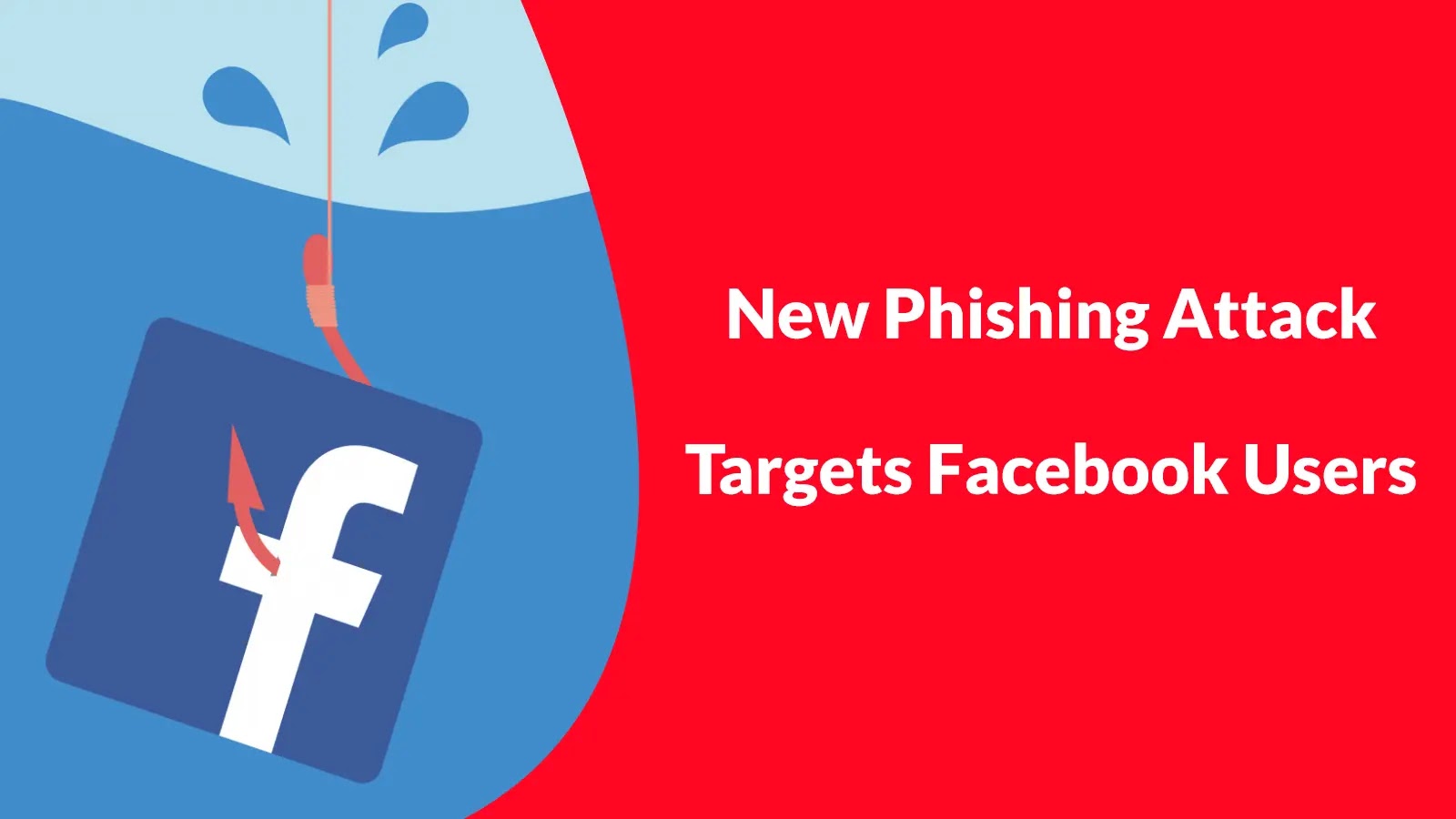
New Phishing Attack Targets Facebook Users to Steal Login Credentials
Urgent Warning: Sophisticated Phishing Targets Facebook Users with Malicious Login Pages
In the constant battle against cyber threats, a new and particularly cunning phishing campaign has surfaced, specifically engineered to compromise Facebook accounts. This sophisticated attack leverages a clever deception, exploiting Facebook’s own security features to mask malicious links and steal user credentials. Understanding the mechanics of this threat is paramount for safeguarding your digital identity.
The Deceptive Lure: How Attackers Trick Victims
The initial vector for this phishing campaign is a seemingly legitimate security notification delivered via email. These emails are crafted to instill a sense of urgency, often warning of unusual activity or requiring immediate account verification. The core of the deception lies within the embedded links.
Attackers are exploiting Facebook’s external URL warning system. When a user clicks a link that redirects to an external site, Facebook typically displays a warning page. However, in this attack, the malicious links are carefully constructed to resemble legitimate Facebook URLs, even when they lead to a fake login page. This circumvention makes it incredibly difficult for users to distinguish between a genuine Facebook notification and a malicious imposter.
Anatomy of the Attack: Cloaked Links and Counterfeit Pages
The attackers employ a technique that allows them to present a URL that appears benign, often incorporating “facebook.com” within the displayed link, while the actual underlying destination is a malicious server. When a user clicks this seemingly safe link, they are redirected through Facebook’s legitimate warning system but ultimately landed on a highly realistic, albeit counterfeit, Facebook login page.
These fake login pages are meticulously designed to mimic the authentic Facebook interface, making it almost impossible for an unsuspecting user to identify them as fraudulent. Any credentials entered on these pages are immediately harvested by the attackers, granting them unauthorized access to the victim’s Facebook account.
The Goal: Credential Harvesting and Account Takeover
The primary objective of this phishing campaign is credential harvesting. Once an attacker obtains a user’s Facebook login credentials, they can execute various malicious activities, including:
- Account Takeover: Gaining full control of the Facebook account, leading to identity theft and further exploitation.
- Spam and Malware Distribution: Using the compromised account to spread spam messages or distribute malware to the victim’s friends and contacts.
- Information Theft: Accessing personal data, photos, and private messages stored on the account.
- Financial Fraud: Potentially linking to other services or payment information, opening avenues for financial fraud.
Remediation Actions and Protective Measures
Protecting yourself from this sophisticated phishing attack requires vigilance and adherence to best security practices. Here are actionable steps you can take:
- Scrutinize Email Senders: Always check the sender’s email address. Even if it appears to be from Facebook, look for subtle discrepancies or unusual domain names.
- Hover Before Clicking: Before clicking any link in an email, hover your mouse over it to reveal the actual URL. If the URL doesn’t directly point to an authentic Facebook domain, do not click it.
- Verify Directly: If you receive a security notification about your Facebook account, do not click links in the email. Instead, navigate directly to Facebook.com in your web browser and log in to check for any alerts or notifications.
- Enable Two-Factor Authentication (2FA): This is one of the most effective defenses against credential theft. Even if attackers obtain your password, they won’t be able to access your account without the second factor (e.g., a code from your phone).
- Use a Password Manager: Password managers can help you create strong, unique passwords for each service and often have built-in features to detect fake login pages.
- Be Wary of Urgency: Phishing attacks often rely on creating a sense of urgency or fear. Be suspicious of emails that demand immediate action.
- Report Suspicious Emails: If you receive a phishing email targeting Facebook, report it to Facebook directly. This helps them identify and block future attacks.
Tools for Enhanced Security
| Tool Name | Purpose | Link |
|---|---|---|
| Password Managers (e.g., LastPass, 1Password) | Securely store and generate strong, unique passwords; often include phishing detection. | LastPass / 1Password |
| Browser Security Extensions (e.g., uBlock Origin, Privacy Badger) | Block malicious scripts, ads, and trackers that can contribute to phishing. | uBlock Origin |
| Email Security Solutions (e.g., Proofpoint, Mimecast) | Advanced threat protection, including phishing and malware detection, for organizations. | Proofpoint |
Key Takeaways for Facebook Users
The resurgence of sophisticated phishing campaigns targeting Facebook users underscores the need for continuous vigilance. Attackers are constantly evolving their tactics, making it harder to differentiate between legitimate communications and malicious attempts. By embracing a skeptical approach to unsolicited emails, verifying links, and strongly advocating for two-factor authentication, users can significantly reduce their risk of falling victim to these pervasive credential harvesting schemes. Your proactive security measures are your strongest defense against such insidious attacks.





